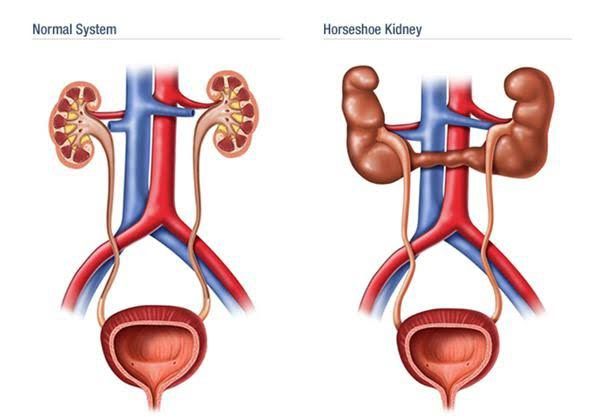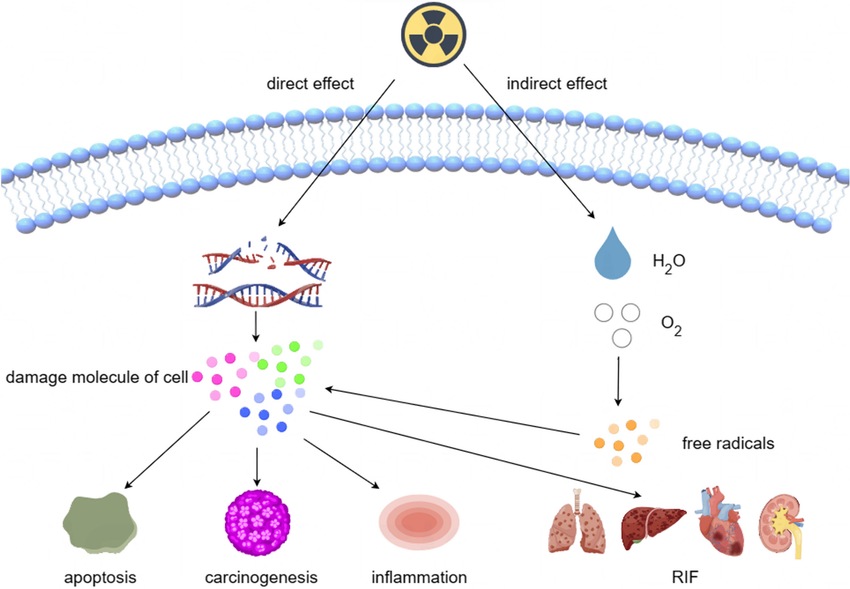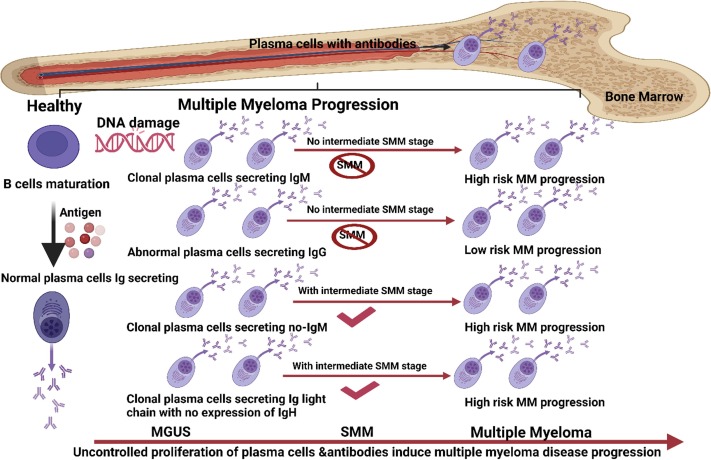
Main Congenital Diseases of the Kidney
Congenital diseases of the kidneys are structural abnormalities that occur during fetal development, leading to various functional impairments. Below are some of the primary congenital kidney diseases:
1. Renal Agenesis
Renal agenesis is a condition where one or both kidneys fail to develop. When only one kidney is absent, it is referred to as unilateral renal agenesis, which may not cause significant health issues if the remaining kidney functions properly. However, bilateral renal agenesis (absence of both kidneys) is usually fatal shortly after birth due to the lack of urine production and subsequent amniotic fluid.
2. Renal Hypoplasia
Renal hypoplasia occurs when one or both kidneys are underdeveloped and smaller than normal. This condition can lead to reduced kidney function and may result in complications such as hypertension or chronic kidney disease over time.
3. Renal Dysplasia
Renal dysplasia refers to a malformation of the kidney structure, often characterized by disorganized development of renal tissues and the presence of cysts. This condition can affect one or both kidneys and may lead to impaired function and increased risk for urinary tract infections.
4. Multicystic Dysplastic Kidney
This condition involves the presence of multiple cysts in a kidney that does not function properly. The affected kidney typically does not develop normally and may shrink over time, often resolving by age five without significant intervention.
5. Horseshoe Kidney
In horseshoe kidney, the two kidneys are fused together at their lower ends, forming a U-shape. While many individuals with this condition remain asymptomatic, they may be at higher risk for urinary tract infections and obstruction due to abnormal positioning.
6. Ureteropelvic Junction Obstruction (UPJ)
UPJ obstruction occurs when there is a blockage at the junction where urine drains from the kidney into the ureter. This can lead to hydronephrosis (swelling of the kidney due to urine buildup) and may require surgical intervention if severe.
7. Vesicoureteral Reflux (VUR)
VUR is a condition where urine flows backward from the bladder into the ureters or kidneys instead of flowing out through the urethra. This can increase the risk for urinary tract infections and potential damage to the kidneys over time.
This condition primarily affects males and involves an abnormal flap of tissue in the urethra that obstructs urine flow from the bladder, potentially leading to bladder dysfunction and hydronephrosis.
These congenital anomalies can vary significantly in severity and impact on health, necessitating careful monitoring and management by healthcare professionals specializing in nephrology.
Cystic Diseases of the Kidney: Types, Pathogenesis, Morphology, and Presentation
1. Introduction to Cystic Kidney Diseases
Cystic kidney diseases are a group of disorders characterized by the presence of fluid-filled cysts in the kidneys. These conditions can lead to renal dysfunction and other complications. They can be classified into hereditary and acquired types, with varying pathogenesis, morphology, and clinical presentations.
2. Types of Cystic Kidney Diseases
Cystic kidney diseases can be broadly categorized into two main groups:
- Hereditary Cystic Diseases:
- Autosomal Dominant Polycystic Kidney Disease (ADPKD): The most common hereditary form, caused by mutations in the PKD1 or PKD2 genes. It typically presents in adulthood with multiple cysts leading to renal enlargement.
- Autosomal Recessive Polycystic Kidney Disease (ARPKD): Caused by mutations in the PKHD1 gene, it usually presents in infancy or early childhood with renal failure and associated liver fibrosis.
- Medullary Sponge Kidney: Characterized by cystic dilatation of collecting tubules in the medulla; often asymptomatic but may lead to nephrolithiasis.
- Nephronophthisis: A genetic disorder leading to small kidneys with numerous cysts at the corticomedullary junction; it typically presents in childhood or adolescence.
- Acquired Cystic Diseases:
- Acquired Cystic Kidney Disease (ACKD): Commonly seen in patients with end-stage renal disease (ESRD) on dialysis; characterized by multiple cysts that develop over time.
- Simple Renal Cysts: These are common incidental findings on imaging studies, generally asymptomatic and not associated with significant morbidity.
3. Pathogenesis of Cystic Kidney Diseases
The pathogenesis varies among different types:
- In ADPKD, mutations disrupt normal cell signaling pathways involved in renal tubular development and function, leading to abnormal proliferation and fluid secretion within renal tubules.
- ARPKD is linked to defects in fibrocystin, a protein that plays a role in maintaining normal tubular structure and function.
- Medullary sponge kidney involves developmental abnormalities during embryogenesis that result in cyst formation.
- ACKD arises from long-term dialysis treatment which leads to changes in kidney architecture due to ischemia and hyperplasia.
4. Morphology of Cystic Kidney Diseases
Morphological features differ significantly:
- In ADPKD, kidneys are enlarged with numerous cysts that can vary greatly in size; they may also exhibit hemorrhage or infection within cysts.
- ARPKD shows enlarged kidneys filled with small cysts affecting both cortex and medulla; associated liver changes include biliary ductal dysgenesis.
- Medullary sponge kidney presents as dilated collecting ducts visible on imaging studies but does not significantly alter overall kidney size.
- ACKD typically shows multiple small cysts scattered throughout the kidneys without significant enlargement.
5. Clinical Presentation of Cystic Kidney Diseases
The clinical presentation varies widely depending on the type:
- ADPKD: Patients may present with hypertension, flank pain, hematuria, urinary tract infections (UTIs), or progressive renal failure. Extrarenal manifestations can include hepatic cysts and aneurysms.
- ARPKD: Symptoms often include abdominal distension due to enlarged kidneys, respiratory distress due to pulmonary hypoplasia (in severe cases), hypertension, and renal insufficiency early in life.
- Medullary Sponge Kidney: Often asymptomatic but may present with recurrent UTIs or nephrolithiasis symptoms such as flank pain or hematuria.
- ACKD: Patients may remain asymptomatic until complications arise such as bleeding from cysts or malignancy; however, they are at increased risk for developing renal cell carcinoma.
6. Conclusion
Understanding the different types of cystic diseases of the kidney is crucial for diagnosis and management. Each type has distinct pathophysiological mechanisms, morphological characteristics, and clinical presentations that guide treatment strategies.







